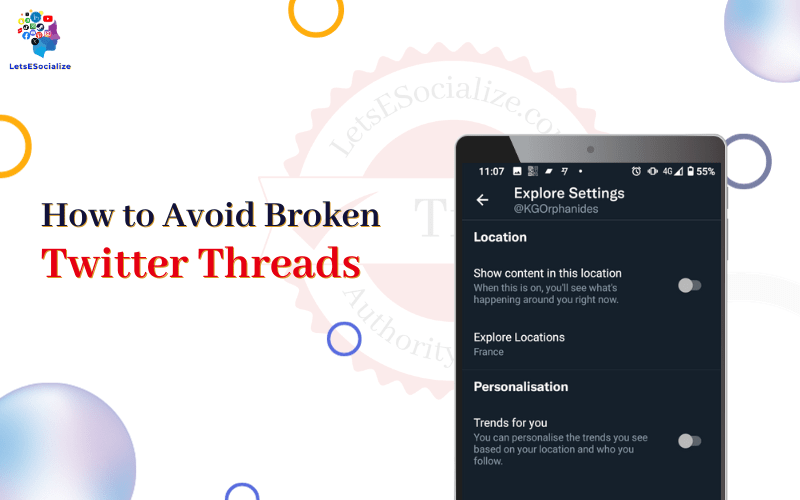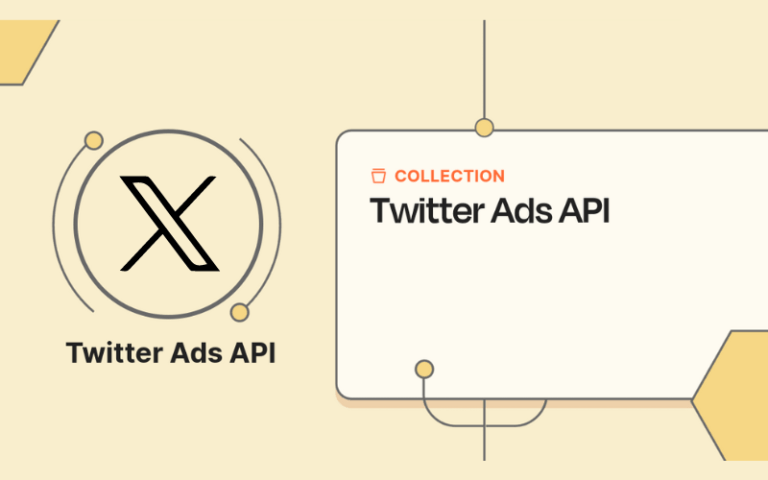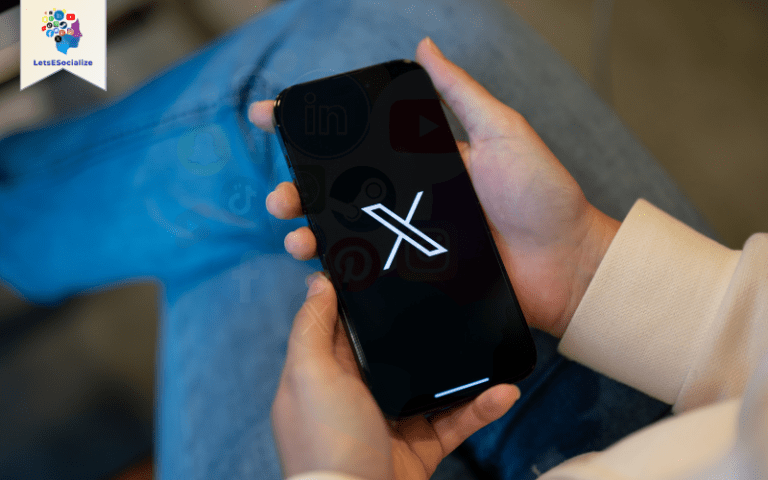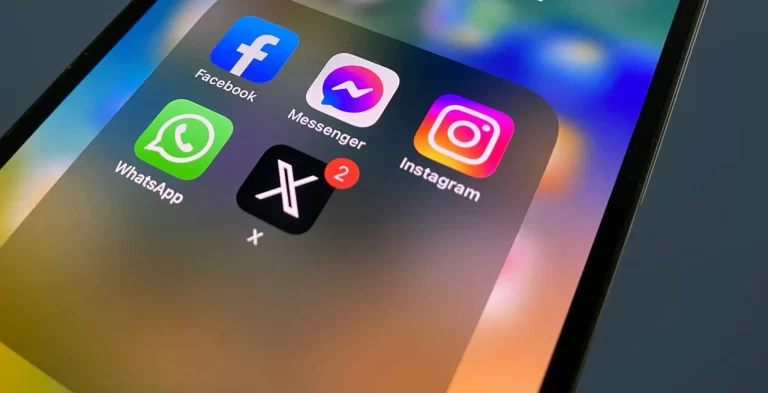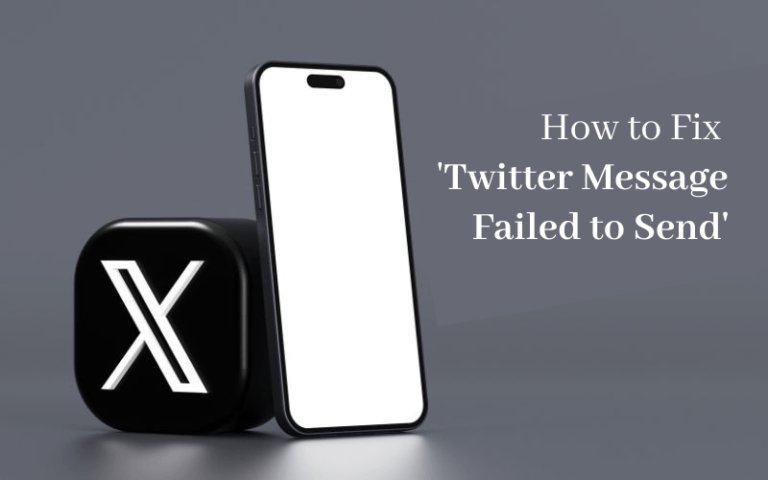Twitter threads allow users to connect multiple tweets into one extended narrative or conversation. However, threads can sometimes break, with tweets becoming jumbled or disconnected rather than displaying as a unified sequence. This disrupts the cohesive reading experience.
Thankfully, there are steps both Twitter users and the platform itself can take to minimize broken threads. In this comprehensive guide, we’ll explore how to avoid broken Twitter Threads and best practices to publish and engage with threads that avoid breaking.
Table of Contents
What Makes a Twitter Thread “Broken”
First, what exactly constitutes a broken thread? Here are some ways threads can break:
- Tweets appear disconnected and disjointed rather than chronological
- Tweets from a different thread are mixed in between
- Tweets are duplicated or posted out of order in the sequence
- Tweets from the original author are missing, creating gaps
- The thread is interrupted by unrelated @mentions from other users
- Images, videos or links don’t load and are missing
- The text of tweets is garbled or displayed improperly
- Not all tweets publish, leaving an incomplete thread
- Technical errors prevent clicking through the full thread sequence
These issues disrupt the intended flow and reading experience for a thread. But why do they happen, and how can we avoid ending up with broken threads?
Also read: Tools for Creating Twitter Threads
Common Causes of Broken Twitter Threads
Understanding why threads break helps prevent it:
Posting Tweets Separately
Composing individual tweets separately instead of replying to chain them together precludes proper threading.
Deleting or Retracting Tweets
Removing tweets that are part of a thread breaks the content sequence with missing gaps.
Improper Retweeting
Retweeting a tweet in the middle of someone else’s thread can interrupt and break the intended order.
Linking Across Different Threads
Referencing tweets from another unrelated thread may mix content.
API or App Issues
Third-party apps interacting with the Twitter API can sometimes mishandle threading, leading to disjointed displays.
Mentions in the Middle
Getting @ mentioned mid-thread diverts focus and may embed tweets out of sequence within a thread.
Switching Accounts
If different accounts reply within the same thread, switching between them while composing can mix up the tweet order.
Technical Bugs
Random Twitter glitches and bugs can also cause tweets to publish oddly and threads to break.
Being aware of common threading pitfalls can help you avoid practices that commonly lead to broken threads.
Fixing Broken Twitter Threads
If you notice your thread has become broken or disjointed:
- Delete any misplaced tweets and repost them in proper order.
- Retweet the full thread in the intended sequence from start to finish.
- Use an editing tool like Thread Reader to display tweets in the correct chronological sequence.
- Recreate a new clean thread, refraining from practices that caused issues in the original.
- Contact Twitter support if technical issues prevent you from re-assembling your original thread properly.
- Ask your followers to assist by viewing and retweeting your thread in the right order to realign it.
- Prominently provide the correct order and contextual links since broken threads can lead to misinformation if misinterpreted.
With some cleanup, you can reconstitute a broken thread back to its intended form.
Also read: A Beginner’s Guide to Understanding Twitter Threads
Best Practices For Avoiding Broken Twitter Threads
Prevent your threads from breaking in the first place by following these best practices:
- Carefully construct threads by replying to each previous tweet to maintain order.
- Refrain from deleting or modifying tweets already published within active threads.
- Limit each thread to one cohesive topic to avoid stray tweets derailing sequences.
- Keep @mentions relevant to the discussion to minimize unrelated content diversion.
- Avoid linking or referencing other tweets from separate threads to keep cross-talk isolated.
- Review threads and confirm the order before publishing – take your time with the process.
- Use a management tool like TweetDeck to compose threads in an environment designed for sequencing.
- Ask followers to quote-retweet rather than regular retweet to keep threads intact when promoting.
- Number threads and provide context links to retain sequencing even if broken.
Planning your tweets’ sequence carefully and tweeting mindfully helps sustain thread integrity.
How Twitter Can Improve Thread Stability
Twitter can also optimize its platform to prevent and address broken threads:
- Improved algorithms to detect and re-sequence broken threads automatically.
- Warnings before users take actions like deleting that could break a published thread.
- Tools to lock threads from further revisions once published to inhibit content changes.
- Thread editing functionality to re-order tweets dragged out of sequence before republishing.
- Options to group all components of a thread into one embedded unit less prone to breaking.
- Thread recovery features to restore deleted components maintained in archives based on metadata.
- Edge caching to keep all assets like images stored for threads even if originals are lost.
- Enhanced thread viewing options for people to manually re-order broken sequences.
- Resources for creators to notify Twitter of broken threads that require technical remedies.
With further investment, Twitter can build a more resilient platform for maintaining thread integrity from the company’s side.
Case Study Examples of Broken Twitter Threads
Studying real broken thread cases illustrates how they go awry:
Broken Thread Case 1:
A user tweeted an 80+ tweet thread of their vacation highlights. But composing each tweet separately rather than replying led to no connections between the tweets, breaking the travel story into disjointed bits.
Broken Thread Case 2:
Deleting a few tweets from the middle of a product announcement thread made the remaining content confusing and interrupted the sequence.
Broken Thread Case 3:
In a heated discussion thread, another user @mentioning the author in the middle diverted the original conversation. This made the sequence unravel with interjections.
Broken Thread Case 4:
A long movie review thread glitched with tweets randomly disappearing and duplicating. The jumbled timeline made parsing the analysis impossible.
Studying examples helps identify what practices and scenarios commonly lead threads astray.
Public Consequences of Broken Twitter Threads
Broken threads aren’t just inconvenient but can lead to real problems:
Spread of Misinformation
Disjointed threads can be misinterpreted out of sequence, leading to false conclusions spread as fact.
Loss of Nuance
Jumbled threads may lose the original intended nuance without comprehensible narrative flow.
Harassment
In broken threads around controversial issues, critics can more easily take quotes out of sequence or context to harass the author.
Limits Accessibility
Broken threads inhibit comprehension for vision-impaired users relying on sequential screen readers.
Hinders Journalism
Reporters “live-tweeting” events or breaking news in threads require intact sequences for accurate public documentation.
Reduces Discoverability
Broken threads often get downgraded in search results and recommendations due to disjointed text and metadata.
Mindful threading practices preserve coherence and minimize misuse at scale.
Academic Research on Twitter Threads
Academics have studied Twitter threads through computational analysis, revealing:
- Long threads often attract more engagement than short ones up to a point, but extremely long threads can be counterproductive.
- Matching thread topics to the interests of your target audience boosts resonance based on keywords and semantics.
- Staggering key points throughout threads keeps anticipation high rather than frontloading tweets.
- Multimedia visuals grab attention across threads, but overuse correlates with lower completion rates.
- Broadly understandable narratives resonate more than niche inside jokes or contested arguments based on linguistics.
These insights help creators maximize Twitter threads through intentional data-driven composition choices.
Future Threading Possibilities
What lies ahead for the format? Some potential innovations:
Forking
Allow unofficial “forks” of threads by others to add perspectives while preserving the original order.
Wiki Threads
Enable crowdsourced public knowledge thread creation.
Thread Search
Advanced search indexing the content within tweet threads themselves.
Live Co-Threading
Real-time collaboration on thread creation by multiple contributors.
Thread Previews
Preview how a thread will look before publishing to confirm sequencing.
Thread Notes
Centralized companion space for supplemental text, links, and images to provide thread context without disrupting the main sequence.
New functionality can help threads avoid breaking while adding dimensionality to public conversations on Twitter.
Conclusion
Broken Twitter threads disrupt comprehension and access to critical public discussions. However, mindful usage and improvements by Twitter can create a more cohesive threading environment.
Composing orderly content, tweeting intentionally, assisting others in re-assembling threads, and pushing for innovations help realize the format’s full potential for nuanced discourse within Twitter’s famously frantic pace.

